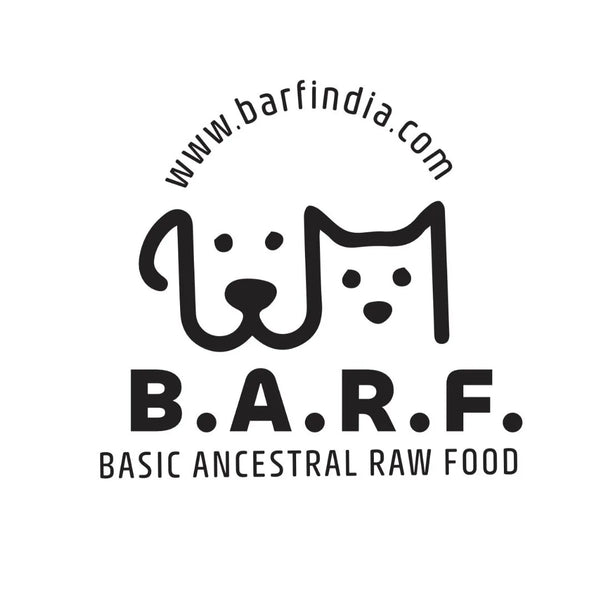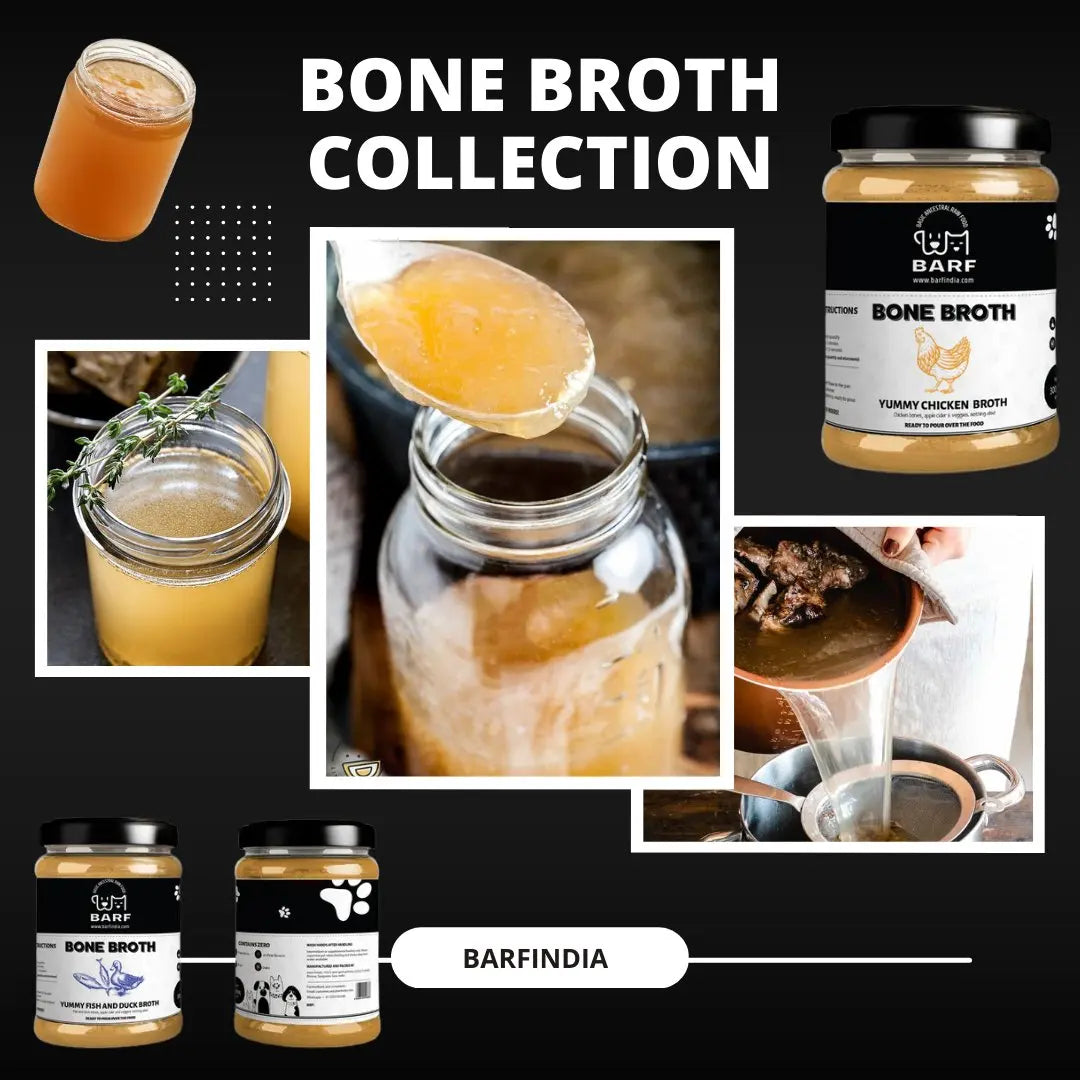
Understanding Raw Cat Food Nutrition: A Comprehensive Guide
Nivedita FernandesRaw Cat Food Nutrition: A Complete Guide to Feline Health
Introduction:
Raw cat food nutrition has gained popularity among cat owners in recent years as they seek to provide their feline companions with a diet closer to what their wild ancestors consumed. Advocates of raw feeding argue that it can offer numerous health benefits for cats, including improved digestion, healthier skin and coat, and better overall vitality. However, understanding the nutritional requirements and proper formulation of raw cat food is crucial to ensure that cats receive a balanced and complete diet. In this comprehensive guide, we will delve into the intricacies of raw cat food nutrition to help cat owners make informed decisions about their pet's diet.
Understanding the Nutritional Needs of Cats:
Before delving into raw cat food nutrition, it's essential to understand the specific nutritional needs of cats. As obligate carnivores, cats have evolved to thrive on a diet primarily composed of animal protein. Unlike omnivores, such as dogs, cats have unique dietary requirements, including:
- Protein: Cats require a higher protein intake compared to many other animals. Protein provides essential amino acids necessary for maintaining muscle mass, supporting immune function, and sustaining overall health.
- Taurine: Taurine is an amino acid critical for cats' heart health, vision, and reproductive function. Unlike dogs and humans, cats cannot synthesize taurine in sufficient quantities and must obtain it from their diet.
- Fats: Fats are a concentrated source of energy for cats and are essential for maintaining healthy skin, coat, and brain function.
- Vitamins and Minerals: Cats require specific vitamins and minerals, including vitamin A, vitamin D, calcium, and phosphorus, to support various physiological functions.
Formulating a Balanced Raw Cat Food Diet:
Creating a balanced raw cat food diet requires careful consideration of various factors, including sourcing high-quality ingredients, proper ratios of protein, fat, and essential nutrients, and potential dietary supplements. Here are essential steps to formulate a balanced raw cat food diet:
- Protein Sources: Choose high-quality animal protein sources such as muscle meat, organ meats (liver, kidney), and bones. These protein sources provide the essential amino acids that cats need for optimal health.
- Variety: Incorporate a variety of protein sources to ensure a diverse nutrient profile. Rotating protein sources can also help prevent nutrient deficiencies and food sensitivities.
- Bone Content: Include raw bones in the diet to provide calcium and phosphorus for bone health. However, it's crucial to grind bones finely or offer edible bones suitable for a cat's size to prevent choking or gastrointestinal obstruction.
- Organ Meats: Organ meats, particularly liver, are rich in essential nutrients like vitamin A, B vitamins, and minerals. However, liver should be fed in moderation to avoid vitamin A toxicity.
- Fat Content: Ensure an adequate fat content in the diet to meet cats' energy needs and support healthy skin and coat. Fat sources may include animal fat, fish oil, or small amounts of plant-based oils.
- Supplements: Depending on the ingredients used and the diet's formulation, certain supplements may be necessary to ensure nutritional completeness. Taurine supplementation is particularly crucial for raw diets, as cooking can degrade taurine levels in food.
Nutritional Considerations and Potential Risks:
While raw cat food diets offer several potential benefits, they also pose certain nutritional considerations and risks that cat owners should be aware of:
- Bacterial Contamination: Raw meat can harbor harmful bacteria such as Salmonella and E. coli, which can pose health risks to both cats and humans. Proper handling, storage, and hygiene practices are essential to minimize the risk of bacterial contamination.
- Nutrient Imbalance: Formulating a balanced raw cat food diet requires careful attention to nutrient ratios and potential deficiencies. Without proper supplementation and variety in protein sources, cats may develop nutrient imbalances or deficiencies over time.
- Bone Hazards: Feeding raw bones carries the risk of choking, gastrointestinal obstruction, or dental fractures, especially if the bones are too large or hard. Supervision and appropriate bone preparation are necessary to mitigate these risks.
- Transition Period: Cats transitioning from a commercial diet to a raw food diet may experience digestive upset or reluctance to eat initially. Gradual transition and patience are essential to help cats adapt to their new diet.
Consulting with a Veterinary Professional or a Qualified Pet Food Nutritionist:
Before transitioning a cat to a raw food diet or making significant changes to their current diet, it's crucial to consult with a veterinary professional. A veterinarian can provide personalized guidance based on the cat's age, health status, and nutritional needs. Additionally, regular veterinary check-ups are essential to monitor the cat's health and ensure that their dietary requirements are being met.
Conclusion:
Understanding raw cat food nutrition is essential for cat owners who choose to feed their pets a raw diet. While raw feeding can offer several potential benefits, it requires careful planning, formulation, and consideration of nutritional needs to ensure that cats receive a balanced and complete diet. By following proper guidelines, consulting with veterinary professionals, and prioritizing food safety and hygiene, cat owners can provide their feline companions with a nutritious and wholesome diet that supports their health and well-being.



